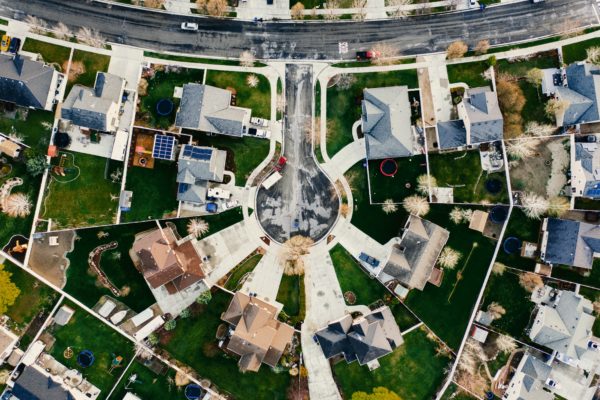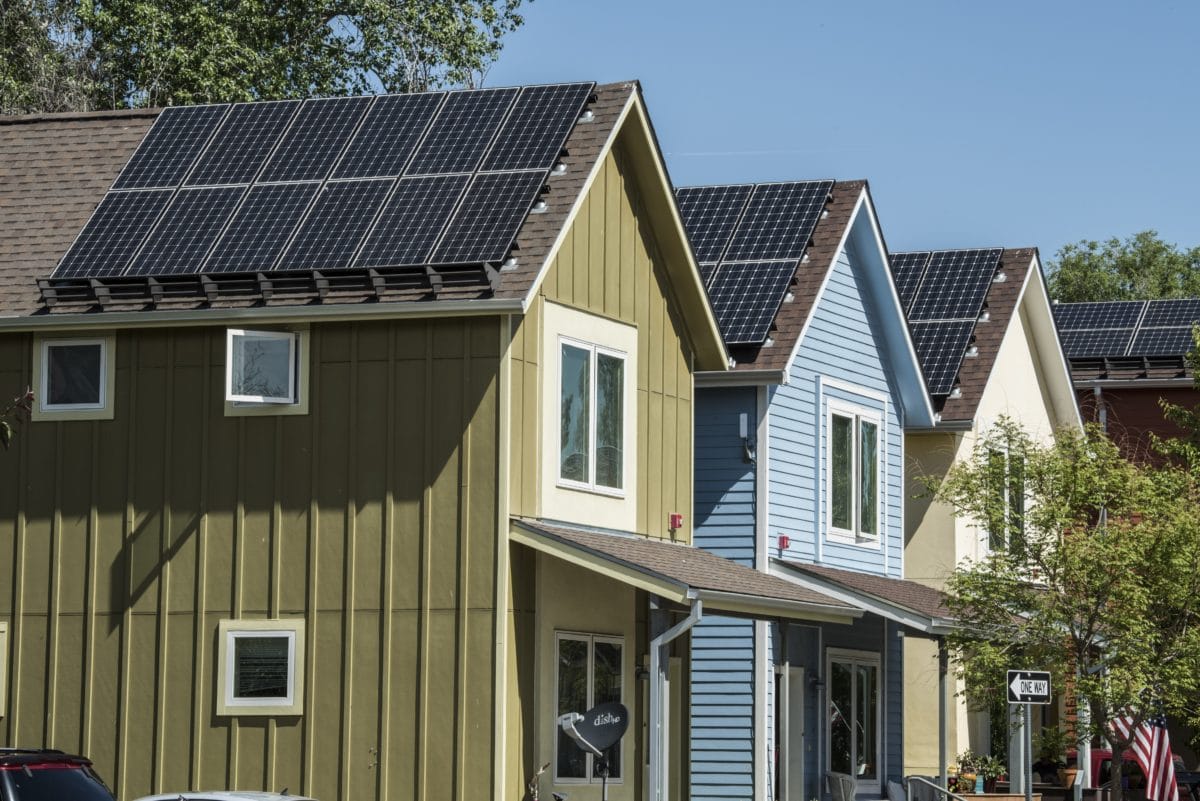Energy-as-a-service provider Sunnova Energy announced it applied with the California Public Utilities Commission (CPUC) to develop a novel solution: a “micro-utility.”
The company seeks to develop largely self-sustaining micro utilities by equipping new home communities with solar and storage. Newly constructed homes will be the focus so that Sunnova can work closely with developers to design and implement distributed solar microgrids backed with resilient energy storage.
“Sunnova is breaking new ground by expanding its distributed energy service platform from homes to whole communities. We see a future where communities, neighborhoods, and businesses can operate independently from the legacy grid with sustainable energy sources that provide uninterrupted power. We believe microgrids address a strong need in the market for more robust energy solutions and better connectivity. The Sunnova Adaptive Community will provide consumers with the ability to produce, share, and deliver power when it’s needed most.” William J Berger, founder and CEO of Sunnova.
The company took formal steps before the CPUC to qualify as a “micro-utility” and to request a certificate to construct and operate microgrids under Section 2780 and Section 1001, respectively, of the California Public Utilities Code.
“SCMC’s application highlights the relief that the existing transmission and distribution system will experience given that most of the power that will be consumed by these communities will be generated locally from renewable resources. We hope the CPUC moves expeditiously to approve our application so that we can begin serving new communities,” said Berger.
Microgrids and the newly conceived micro utility are a new conception of the power grid that recognizes the strengths of the input (solar energy), building the grid in a decentralized, distributed fashion. This leads to increased resilience in adverse conditions, less transmission bottlenecks and congestion costs, decreases land use or “energy sprawl”, lessens utility monopoly control over a territory, and significantly reduces the need for transmission buildout, relying only on the local distribution grid.
In its 2021 to 22 transmission plan, the California Independent System Operator (CAISO) announced 23 transmission projects at an estimated cost of $2.9 billion. A significant portion of these costs could be avoided if California instead pivoted to a decentralized model of energy.
Efficiency via sharing
In a report published by the University of Otago in New Zealand, researchers took a demand-driven approach, analyzing a per-minute resolution time series of individual household demand over several neighborhoods that contained these distributed solar and energy storage.

Image: Pexels
Image: Pexels
The results found that the collective use of batteries had dramatic effects on both load smoothing and peak demand shaving. Aggregation of smart storage led to a reduction in per-house battery requirements by 50% for load-smoothing needs and by 90% for peak shaving.
As an example, if peak shaving occurred for demand above 3 kW per house, deploying batteries individually for 20 houses would require 120 kWh of storage. By contrast, deploying batteries collectively would only require 7 kWh, the researchers said. Sharing batteries or having one battery per 20 houses would be a less expensive approach to providing these services, they said.
The researchers said the results make a case for coordinated battery deployment at the street or building level for multiple economic benefits. These benefits include the potential reduction in energy storage cost for homeowners (who could buy a smaller unit), benefits to the grid in easing demand and load related strains, and benefits to solar developers who can add another value chain to their operations by facilitating these grid services.
This content is protected by copyright and may not be reused. If you want to cooperate with us and would like to reuse some of our content, please contact: editors@pv-magazine.com.









By submitting this form you agree to pv magazine using your data for the purposes of publishing your comment.
Your personal data will only be disclosed or otherwise transmitted to third parties for the purposes of spam filtering or if this is necessary for technical maintenance of the website. Any other transfer to third parties will not take place unless this is justified on the basis of applicable data protection regulations or if pv magazine is legally obliged to do so.
You may revoke this consent at any time with effect for the future, in which case your personal data will be deleted immediately. Otherwise, your data will be deleted if pv magazine has processed your request or the purpose of data storage is fulfilled.
Further information on data privacy can be found in our Data Protection Policy.